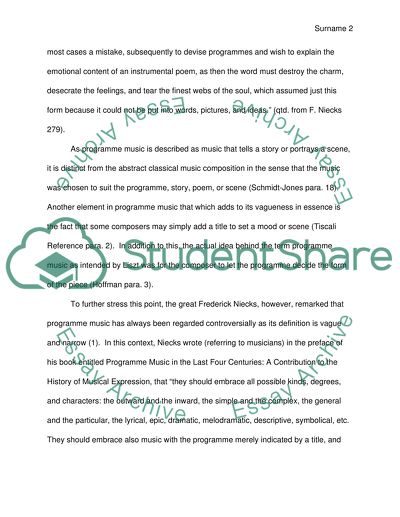Cite this document
(“The History of Program Music and its Composers Essay”, n.d.)
The History of Program Music and its Composers Essay. Retrieved from https://studentshare.org/performing-arts/1501635-the-history-of-program-music-and-its-composers
The History of Program Music and its Composers Essay. Retrieved from https://studentshare.org/performing-arts/1501635-the-history-of-program-music-and-its-composers
(The History of Program Music and Its Composers Essay)
The History of Program Music and Its Composers Essay. https://studentshare.org/performing-arts/1501635-the-history-of-program-music-and-its-composers.
The History of Program Music and Its Composers Essay. https://studentshare.org/performing-arts/1501635-the-history-of-program-music-and-its-composers.
“The History of Program Music and Its Composers Essay”, n.d. https://studentshare.org/performing-arts/1501635-the-history-of-program-music-and-its-composers.


